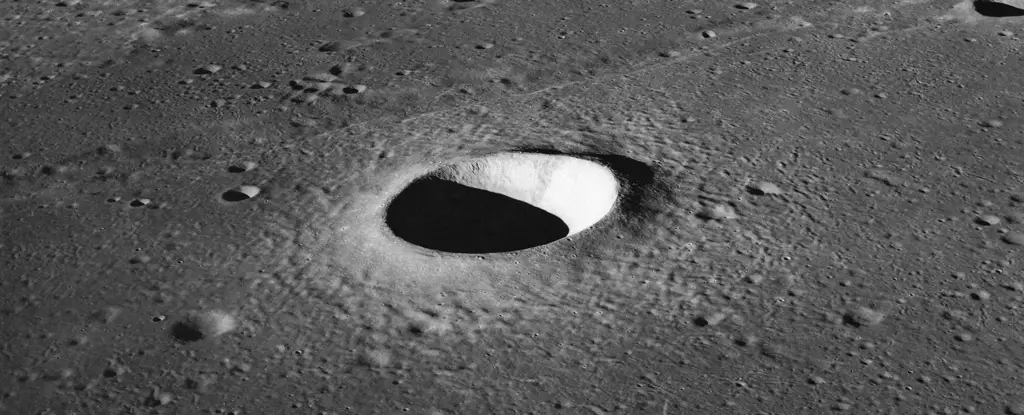The Moon, our constant celestial companion, is characterized by a ragged surface dotted with an array of impact craters, each with its own story etched in time. Ranging from tiny, almost invisible pits to colossal basins that span over 1,000 kilometers, these craters create a battleground of cosmic history. Most of these scars were birthed from the cosmic chaos of the Late Heavy Bombardment—a period roughly 4 billion years ago when the inner Solar System was mercilessly bombarded by asteroids and comets. Unlike Earth, a vibrant world continually reshaped by erosion, tectonic shifts, and atmospheric influences, the Moon’s barren conditions preserve these ancient impacts in a near-pristine state. This unique characteristic not only captivates astronomers but also offers a fascinating window into the early dynamics of our Solar System’s formation.
Impact Craters as Messengers of History
The preservation of lunar impact craters serves as a crucial record for scientists, capturing invaluable details about the early solar system’s evolution. Yet, what’s particularly intriguing is the journey some of the material ejected during these collisions takes—crossing the void of space to land back on Earth. The dynamics of this exchange reveal not just the relationship between the Moon and Earth, but also the processes that may have influenced the development of life on our planet. The study of these lunar rocks provides critical insights into the inter-body material exchange that outlines our planetary history.
A New Era of Research: Advanced Simulations Unraveled
Recent research led by astronomer Jose Daniel Castro-Cisneros seeks to delve deeper into this fascinating topic by employing sophisticated computer models to trace lunar debris travel to Earth. This innovative study stands out by using the REBOUND simulation package, a tool that enables more complex simulations than previously used methods, allowing for an extensive examination over a long duration. Through this research, the team evaluated various starting conditions to provide a more accurate understanding of the amount of lunar material that finds its way to Earth—a pursuit that could illuminate our planet’s impact timeline and geological evolution.
Key Findings: The Dynamics of Lunar-Earth Interaction
The study has compelling outcomes, revealing that about 22.6% of the material ejected from lunar impacts lands on Earth within 100,000 years. Remarkably, over half of these collisions take place in the first 10,000 years after an impact event—a critical and dynamic timeframe in which Earth’s surface might have been considerably more vulnerable to extraterrestrial events. The research analyzed patterns of debris trajectories, indicating that the side of the Moon from which material is launched significantly affects its probability of colliding with Earth. Specifically, debris ejected from the Moon’s trailing side showed a higher likelihood of Earth impacts compared to material from the leading side.
Debris and Its Impacts: A Statistical Landscape
The study further elucidates the velocities at which lunar material strikes our planet, illustrating that these impacts occur at impressive speeds ranging from 11.0 to 13.1 kilometers per second. Closer analysis indicated a notable concentration of these impacts around Earth’s equator, with a striking report of 24% fewer impacts occurring at the poles. This statistical asymmetry unveils new facets of the impact distributions and suggests that aspects of our planet’s rotational dynamics may further influence how lunar material interacts with Earth.
A Broader Cosmic Context
In addition to unraveling the immediate Earth-Moon connection, this cutting-edge research also contributes to our understanding of Near-Earth Objects (NEOs), including intriguing ones like Kamo’oalewa. With estimates suggesting that this object could be a fragment of lunar origin, the implications of the study extend into discussions about the origins of such celestial features. By identifying relationships between lunar impacts and Earth-bound debris, scientists are gaining deeper insight into how collisions with these ancient materials might have shaped life and geological features on our planet.
The prevailing evidence collected meticulously through this advanced research marks a pivotal shift in our comprehension of the complex relationship between the Earth and Moon. As researchers decode the intricate dance between these two celestial bodies, they are not only revealing their intertwined histories but also setting the stage for a more profound understanding of the cosmic processes that have defined our Solar System for billions of years.


Leave a Reply